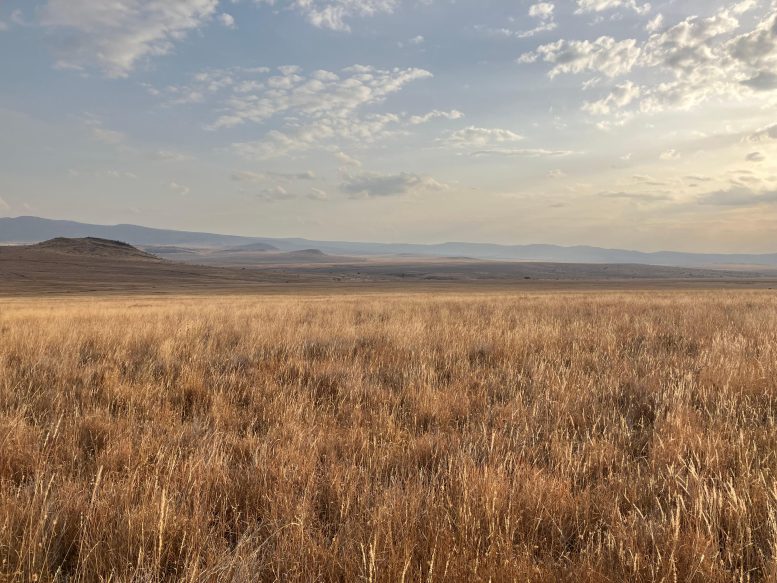
New research reveals the adverse effects of misdirected reforestation projects in Africa, where tree planting in non-forest ecosystems like savannas and grasslands threatens biodiversity and local communities. The study urges a revision of reforestation definitions and practices to prevent ecological and social harm, highlighting a global challenge. Credit: Kate Parr, University of Liverpool
A new study conducted by the University of Liverpool has brought to light challenges associated with reforestation and restoration initiatives throughout Africa.
New research led by the University of Liverpool has unveiled the extent of unsuitable reforestation initiatives throughout Africa.
A study published in the journal Science reveals that an area the size of France is under threat by forest restoration initiatives due to inappropriate restoration in the form of tree planting.
Researchers analyzed the areas of land committed to restoration via reforestation and found that many programs include areas classified as non-forest systems. They believe that the inclusion of non-forest systems such as savannas and grasslands, which are threatened by increased tree cover, is the key issue.
They warn that planting trees in these grassy areas, which are structurally, functionally, and compositionally distinct from forests, could be a risk to wildlife such as rhinos and wildebeest, as well as people who depend on these ecosystems.
Urgent Need for Correct Restoration Approaches
Kate Parr, Professor of Tropical Ecology at the University’s School of Environmental Sciences and author of the study, said: “Restoration of ecosystems is needed and important, but it must be done in a way that is appropriate to each system. Non-forest systems such as savannas are misclassified as forests and therefore considered in need of restoration with trees. There is an urgent need to revise definitions so that savannas are not confused with forests because increasing trees is a threat to the integrity and persistence of savannas and grasslands.”
She continues, “Highlighting this issue now means there is still time to negate this threat and ensure that non-forest systems receive appropriate restoration.”
Grassland, Kenya. Credit: Kate Parr, University of Liverpool
Global Implications of Reforestation Efforts
Dr Nicola Stevens, Trapnell Research Fellow in African Environments at the University of Oxford and co-author of the paper said: “The urgency of implementing large-scale tree planting is prompting funding of inadequately assessed projects that will most likely have negligible sequestration benefits and cause potential social and ecological harm.”
The study highlights that the issues raised are not unique to Africa and many other non-forest areas, for example, the open savannas and grasslands of India and Brazil, could face a similar future due to inappropriate ‘restoration’ with trees.
Reference: “Conflation of reforestation with restoration is widespread” by Catherine L. Parr, Mariska te Beest and Nicola Stevens, 15 February 2024, Science.
DOI: 10.1126/science.adj0899
>>> Read full article>>>
Copyright for syndicated content belongs to the linked Source : SciTechDaily – https://scitechdaily.com/planting-peril-the-unseen-risks-of-africas-reforestation-projects/